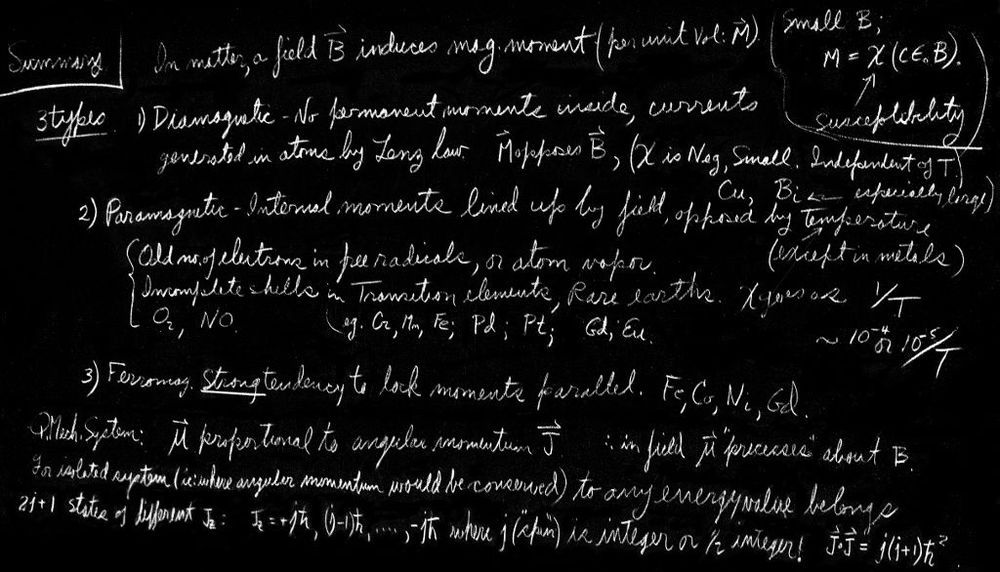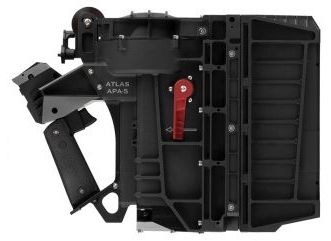
Get the latest international news and world events from around the world.




Non-Euclidean Worlds Engine
Here’s a demo of a rendering engine I’ve been working on that allows for non-euclidean geometry.
Source Code and Executable:
https://github.com/HackerPoet/NonEuclidean
Music:
“Automatic Loving” — Dee Yan-Key

The Feynman Lectures on Physics Vol. II Ch. 34: The Magnetism of Matter
Dear Reader.
There are several reasons you might be seeing this page. In order to read the online edition of The Feynman Lectures on Physics, javascript must be supported by your browser and enabled. If you have have visited this website previously it’s possible you may have a mixture of incompatible files (.js,.css, and.html) in your browser cache. If you use an ad blocker it may be preventing our pages from downloading necessary resources. So, please try the following: make sure javascript is enabled, clear your browser cache (at least of files from feynmanlectures.caltech.edu), turn off your browser extensions, and open this page:
Quantum-level control of an exotic topological quantum magnet
This would be good for hoverboards and aircrafts.
Physicists have discovered a novel quantum state of matter whose symmetry can be manipulated at will by an external magnetic field. The methods demonstrated in a series of experiments could be useful for exploring materials for next-generation nano- or quantum technologies.
Close.

What’s My Best Chance of Living Forever?
This makes for a microcosm of people on the outside looking in who do not follow on a regular basis. A basic headline of living forever followed by comments of doubt or silliness and the heat death of the universe. Of the experts, I like Sinclair’s answer best.
What do hideous mall t-shirts, emo bands from the mid-aughts, and gorgeously-wrought realist novels about dissolving marriages have in common? Simply this assertion: Life Sucks. And it does suck, undoubtedly, even for the happiest and/or richest among us, not one of whom is immune from heartbreak, hemorrhoids, or getting mercilessly ridiculed online.
Still, at certain points in life’s parade of humiliation and physical decay almost all of us feel a longing—sometimes fleeting, sometimes sustained—for it to never actually end. The live-forever impulse is, we know, driving all manner of frantic, crackpot-ish behavior in the fringier corners of the tech-world; but will the nerds really pull through for us on this one? What are our actual chances, at this moment in time, of living forever? For this week’s Giz Asks, we spoke with a number of experts to find out.


Single atoms as catalysts
Incorporating individual metal atoms into a surface in the right way allows their chemical behavior to be adapted. This makes new, better catalysts possible.
They make our cars more environmentally friendly and they are indispensable for the chemical industry: catalysts make certain chemical reactions possible—such as the conversion of CO into CO2 in car exhaust gases—that would otherwise happen very slowly or not at all. Surface physicists at the TU Wien have now achieved an important breakthrough; metal atoms can be placed on a metal oxide surface so that they show exactly the desired chemical behavior. Promising results with iridium atoms have just been published in the renowned journal Angewandte Chemie.